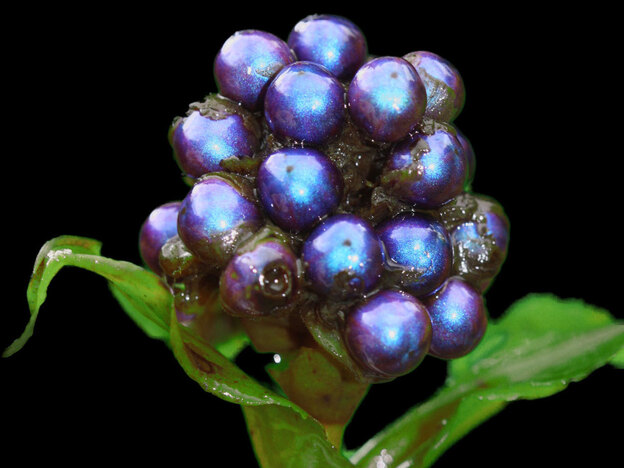
Myopia or near-sightedness happens when the eye is elongated, causing light from far away to be improperly focused on the retina.
Myopia, or near-sightedness, occurs when the shape of the eyes is elongated. The elongation causes light from far away objects to improperly focus on the retina. As a result far away images are blurry to the observer. A new contact lens shows promise in treating myopia, especially in children. The contact lens causes light from far away objects to focus properly on the retina. This helps prevent near-sightedness from getting worse as the child ages. From Phys Org:
But recent experimental work by biomedical scientist David Troilo and colleagues at the State University of New York (SUNY) College of Optometry in New York City supports the development of a potential cure for myopia by using specialty contact lenses that coax the eye to grow in a way that can correct nearsighted vision while reducing myopia progression. Troilo will describe his findings at the Optical Society’s (OSA) Annual Meeting, Frontiers in Optics (FiO) 2012, taking place Oct. 14 in Rochester, N.Y. Myopia develops when the eye is too long, making it difficult to focus light from distant objects on the retina. Glasses or contact lenses that correct the defocus on the main visual axis can create a slight degree of farsightedness in the peripheral retina, Troilo says. The peripheral farsightedness may worsen myopia because as children grow, the eye grows to move the retina to where the light is focused, naturally lengthening the eye even further. Troilo has shown that specially designed contact lenses that alter how light is focused in the peripheral retina can induce changes in growth that help reshape the eye in the desired way. The experimental lenses use different focal powers within a single lens: either alternating focal powers across the lens, or confined to the outer edge. Experiments with the new lenses found that they changed eye growth and refractive state, or focus, in a predictable way. The lenses successfully reduced the elongation of the eye that causes myopia progression.

